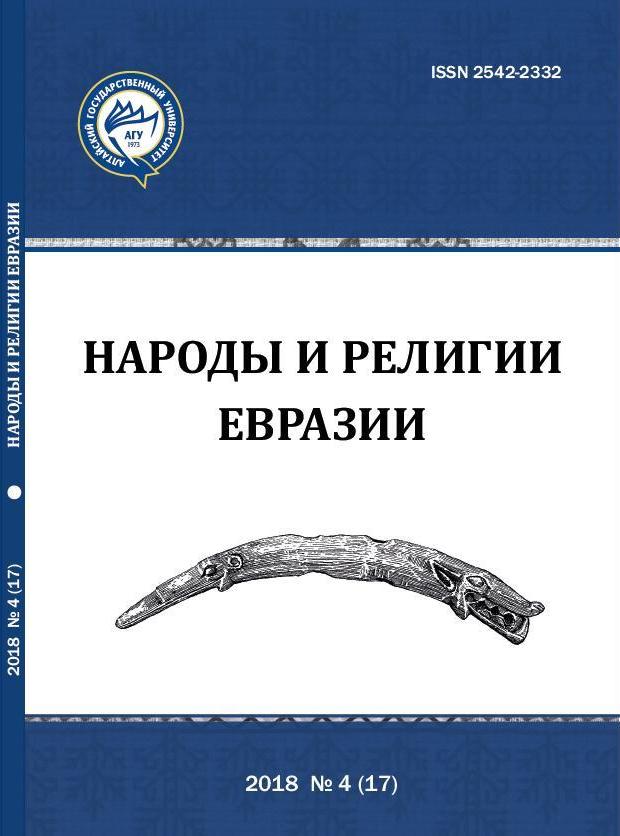Ritual fire places on the ancient settlement Zhankent
Main Article Content
Abstract
The purpose of the article is to study materials relating to the cult finds obtained from the site of the ancient settlement of Zhankent. During archaeological excavations have been received numerous materials on livelihoods, life and world view of the rump tribes in the early Middle Ages.
One of such complexes are hearth stands in the form of a prototype of rams (Koshara), deployed in opposite directions on a flat, rectangular cross-section of residential premises of the ancient settlement of Zhankent. And it should be noted that the hearth stands should not be viewed as an object, the basis of which is the heating of the room, but also as a cult building. The hearth in antiquity and in the modern period was the main component of any home. The main function of the hearth is to cook food on it and heat the home. At the same time, the hearth was a sacred place associated with the cult of fire.
The cult of fire in one form or another is present in almost all cultures, beginning with the Mesolithic age. The study of the sacred perception of fire shows that the hearth was also a sacred place in the dwelling. One of the examples may be the fire places found on the site of the ancient settlement of Zhankent, Kesken-kuyuk-kala, Shirkeyli Kos-asar and Sortoba, which researchers identify with Oguzes.

